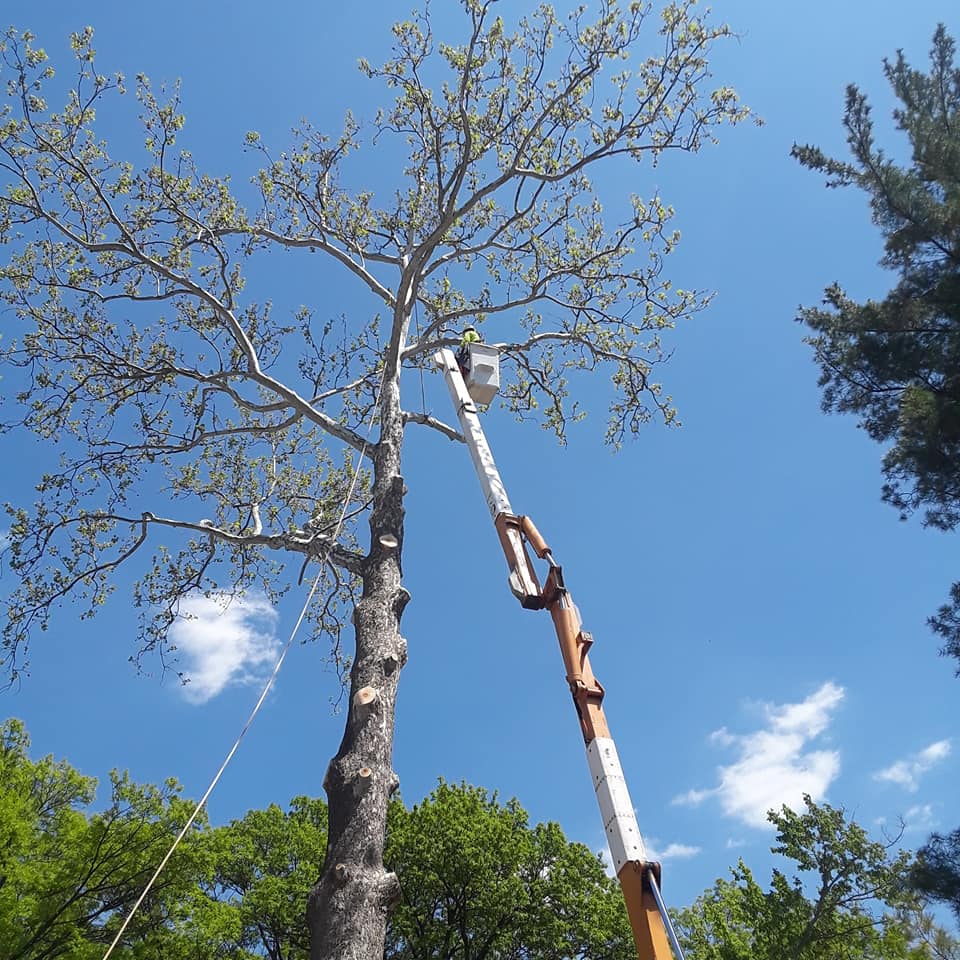If you’ve ever been in awe of the imposing splendor of oak trees, you are aware that these ancient behemoths serve as representations of fortitude and perseverance. However, in order to flourish and keep enhancing our landscapes, oaks require maintenance, much like any other living thing. We’ll go over every detail of caring for oak trees in this guide to make sure they stay strong and healthy for many years to come.
Steps to take Care for Oak Trees
Oak trees are living things, not simply plants, therefore planting them requires careful thought. First, decide on a suitable place. Generally speaking, oaks demand well-drained soil that ranges in pH from slightly acidic to neutral. Make sure there is enough sunshine in the designated area because it is essential to their process of photosynthesis.
Establishing the Oak:
After locating the ideal location, it’s time to get your hands filthy. Create a hole that is the same depth and twice as broad as the root ball. If the roots of the oak tree seem tightly connected, gently pry them apart before removing it from its container. After the tree is planted, fill the hole with dirt, and give it plenty of water. Cover the base with mulch to keep moisture in and keep weeds at bay.
Watering Schedule For Oak Tree:
Proper hydration is crucial in the early stages of an oak tree’s life. Water consistently, especially during dry spells. However, be cautious not to overwater, as oaks prefer slightly drier conditions once established. A good rule of thumb is to provide about 1 to 1.5 inches of water per week, either from rainfall or irrigation.
Fertilizing Routine To Keep oak Trees Flourishing:
To keep your oak trees flourishing, a balanced and well-timed fertilizing schedule is essential. Use a slow-release fertilizer in the spring, just as new growth emerges. Avoid excessive nitrogen, as this can lead to weak growth and increased susceptibility to pests and diseases.
Pruning for Health:
An oak tree’s pruning is similar to a spa day. Regularly prune away unhealthy or dead branches to let more light and air enter the space. In addition, trim the tree to eliminate any crowded or crossed branches and to help shape it. Recall that a healthy oak is one that has been well-pruned.
Guarding Oak Tree Against Pests and Diseases:
Despite their robust nature, oak trees can fall victim to various pests and diseases. Keep a watchful eye for signs of trouble, such as discolored leaves, unusual spots, or wilting. Regular inspections enable early detection, allowing you to address issues promptly. Consult with a local arborist if you notice anything concerning.
Protecting Against Deer and Wildlife:
Deer find young oak trees particularly delectable. To protect your saplings, consider using deer repellent or installing a physical barrier like a wire fence. This extra step can go a long way in safeguarding your oaks from hungry wildlife.
Oak Trees’ Seasonal Requirements
It’s critical to comprehend your oak trees’ seasonal requirements. Prioritize healthy development and repairing any winter damage in the spring. Summertime necessitates careful pest and water management. As autumn arrives, enjoy the brilliant leaves, but get ready for winter by mulching the base deeply.
Recognizing Signs of Stress:
Trees communicate distress through subtle signs. Keep an eye out for wilting, discoloration, or a reduction in leaf size. These are indicators that your oak may be under stress. Identifying and addressing the underlying issues promptly can make a significant difference in the tree’s overall well-being.
FAQs
How often should I water my newly planted oak tree?
For the first few years, water your oak tree consistently, especially during dry periods. Aim for about 1 to 1.5 inches of water per week, either from rainfall or irrigation.
When is the best time to fertilize my oak tree?
The optimal time to fertilize your oak tree is in the spring, just as new growth emerges. Choose a slow-release fertilizer and avoid excessive nitrogen to promote balanced growth.
Are there specific signs to look for in identifying pests or diseases?
Yes, be vigilant for signs such as discolored leaves, unusual spots, or wilting. Regular inspections help in early detection, and consulting with a local arborist can address any concerns promptly.
How can I protect my young oak trees from deer and wildlife?
Consider using deer repellent or installing a wire fence as a physical barrier. This extra step can effectively safeguard your saplings from hungry wildlife.
Is pruning necessary for the health of my oak tree?
Yes, regular pruning is essential. Trim away dead or diseased branches, and shape the tree to promote airflow and sunlight penetration. A well-pruned oak is a healthy oak.
Conclusion
The skill of caring for oak trees entails a careful balancing act between nature and nurture. You can guarantee that your oak trees will stand tall and strong for many years by selecting the ideal spot, giving them enough water and nutrients, and being on the lookout for any potential dangers. Recall that every tree has a tale to tell, and that you become a part of that story—a steward of the everlasting beauty of nature—with your careful maintenance.




